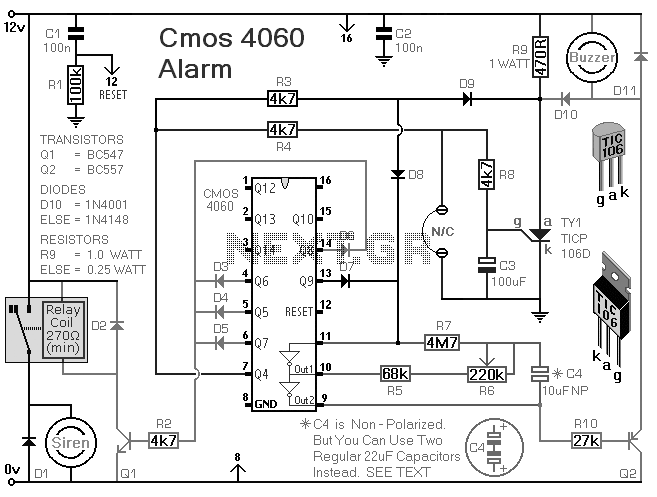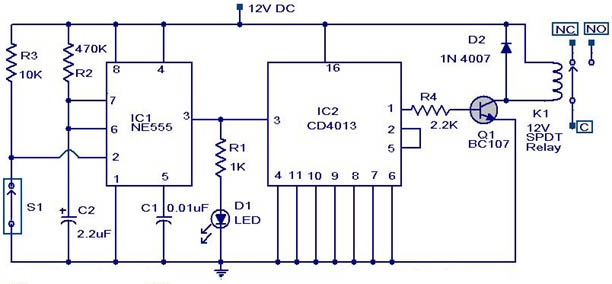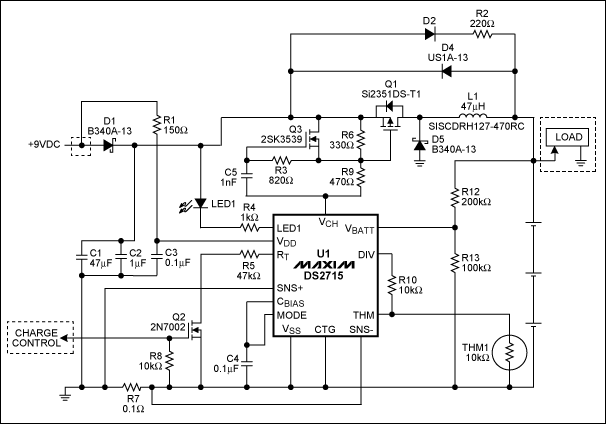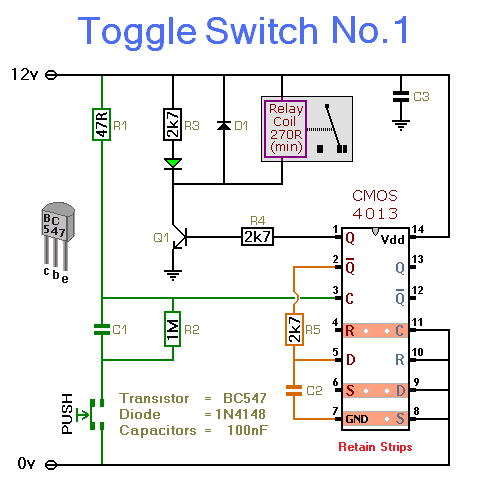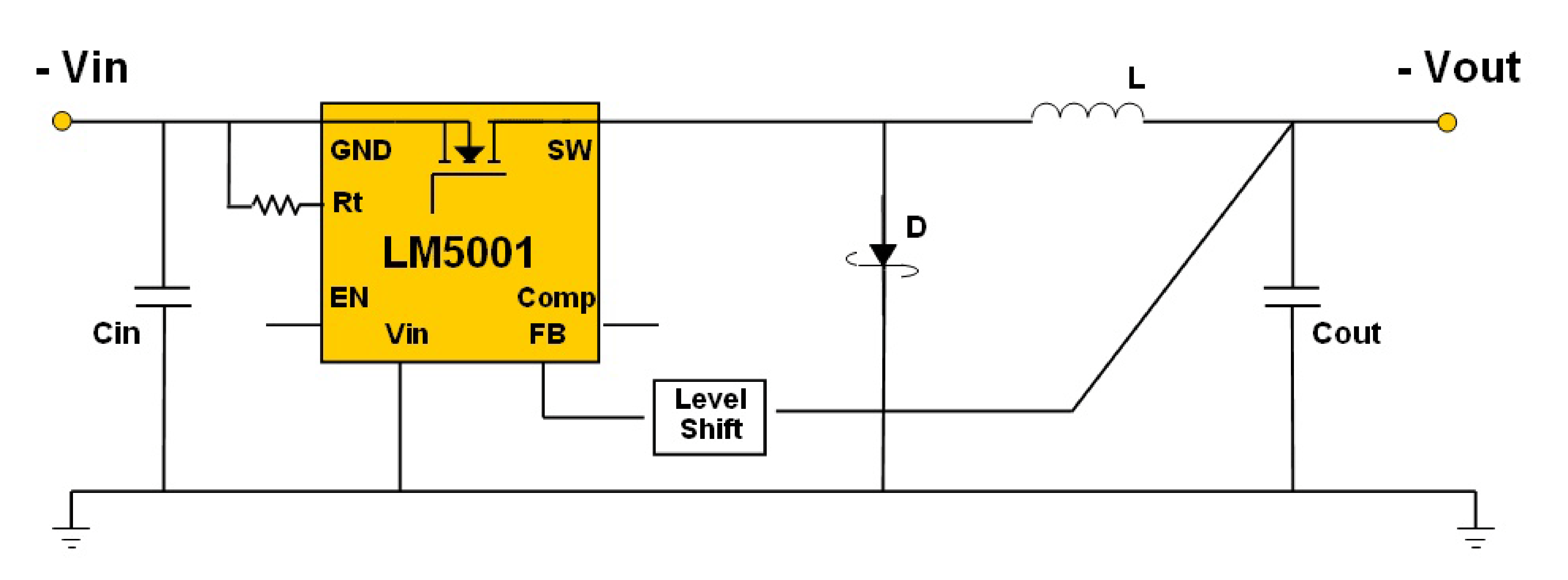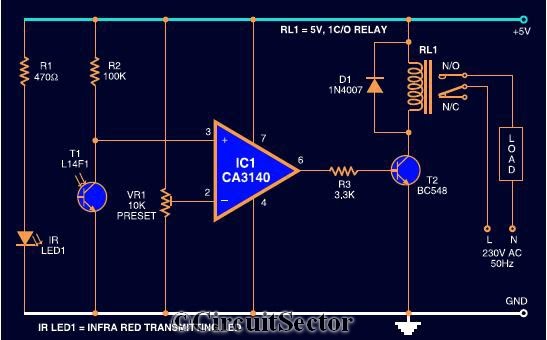
RF Switch with Pin Diode
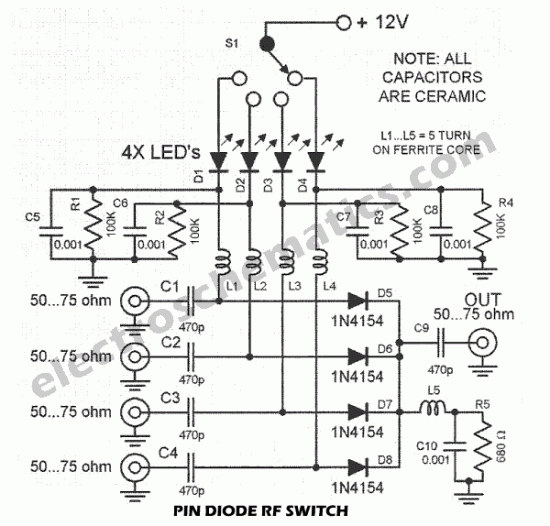
This PIN diode RF switch is an ideal antenna switch for VHF and UHF applications. It operates with PIN diodes, which are specialized high-frequency switching diodes.
The PIN diode RF switch is designed to efficiently route RF signals in the VHF (Very High Frequency) and UHF (Ultra High Frequency) bands. The switch utilizes PIN diodes, which are characterized by their ability to handle high-frequency signals with minimal insertion loss and excellent linearity. This capability makes them suitable for applications where signal integrity is paramount.
In the circuit, the PIN diodes are configured in a manner that allows for low-resistance paths when forward-biased, enabling the RF signals to pass through with minimal attenuation. Conversely, when reverse-biased, the diodes present a high impedance, effectively isolating the unused paths and preventing signal leakage.
The switch can be controlled using various methods, including analog control voltages or digital signals, depending on the design requirements. The control circuitry typically includes a microcontroller or a logic gate arrangement that determines the biasing of the diodes based on the desired antenna selection.
Key components of the circuit include RF connectors for input and output, the PIN diodes themselves, biasing resistors, and the control interface. Proper PCB layout is crucial to minimize parasitic capacitance and inductance, which could adversely affect the switch's performance at high frequencies. Additionally, careful consideration must be given to the power ratings of the components to ensure reliable operation under various conditions.
Overall, this PIN diode RF switch is an essential component in RF systems, providing reliable and efficient signal routing for VHF and UHF applications.This PIN diode rf switch is the ideal antenna switch for VHF and UHF and work with the PIN diodes which are special high frequency switching diodes with ve.. 🔗 External reference
The PIN diode RF switch is designed to efficiently route RF signals in the VHF (Very High Frequency) and UHF (Ultra High Frequency) bands. The switch utilizes PIN diodes, which are characterized by their ability to handle high-frequency signals with minimal insertion loss and excellent linearity. This capability makes them suitable for applications where signal integrity is paramount.
In the circuit, the PIN diodes are configured in a manner that allows for low-resistance paths when forward-biased, enabling the RF signals to pass through with minimal attenuation. Conversely, when reverse-biased, the diodes present a high impedance, effectively isolating the unused paths and preventing signal leakage.
The switch can be controlled using various methods, including analog control voltages or digital signals, depending on the design requirements. The control circuitry typically includes a microcontroller or a logic gate arrangement that determines the biasing of the diodes based on the desired antenna selection.
Key components of the circuit include RF connectors for input and output, the PIN diodes themselves, biasing resistors, and the control interface. Proper PCB layout is crucial to minimize parasitic capacitance and inductance, which could adversely affect the switch's performance at high frequencies. Additionally, careful consideration must be given to the power ratings of the components to ensure reliable operation under various conditions.
Overall, this PIN diode RF switch is an essential component in RF systems, providing reliable and efficient signal routing for VHF and UHF applications.This PIN diode rf switch is the ideal antenna switch for VHF and UHF and work with the PIN diodes which are special high frequency switching diodes with ve.. 🔗 External reference
